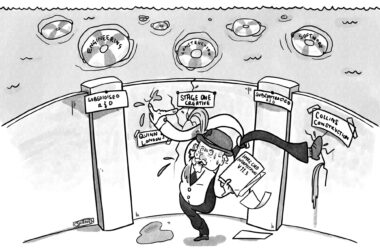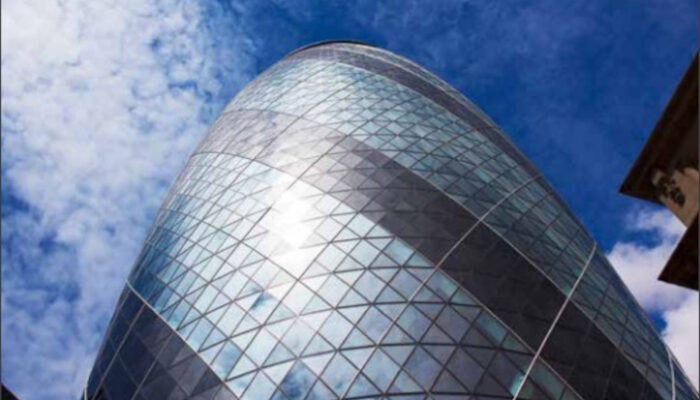Research & Development Expenditure Credit (RDEC) Explained
RDEC is available to all companies that don’t meet the criteria to be an SME. That means all large companies but also includes SME companies that are excluded from claiming under the SME Scheme because they have been subcontracted to by a Large or international company or by an individual or partnership, or because their R&D has been subsidised. Subsidies generally come in the form of significant upfront payments on a fixed price contract, a one off payment to support an R&D project, where there is mutual interest from the company offering the subsidy and also where the company has received a grant that covers some or all of the project.
Depending on the nature of the grant all of the eligible project costs will only be claimable under RDEC. Where the grant is EU State Aid or granted under the General Block Exemption Regulations then regardless of the aid intensity (percentage of costs covered) of the grant, all of the projects costs will be claimed under RDEC.
For other grants, or subsidies, the unfunded amount of R&D Eligible costs can be claimed under the SME scheme.
A company can claim for all of the costs that qualify except payments to corporate entities (subcontractors) as part of their RDEC Claim.
What makes a business qualify for the RDEC scheme?
To qualify for the RDEC tax relief, your businesses needs to be carrying out R&D work. This is defined as carrying out a specific project that looks for an advance in either science or technology.
The government sets out specific rules regarding what qualifies as R&D work, and these include stipulations that the work must find an uncertainty, attempt to overcome that uncertainty, and that this work couldn’t be easily carried out by someone in the field. It is on these projects that you can claim R&D tax relief.
It is also important to note that there are actually two separate R&D tax relief schemes – the RDEC and the SME scheme.
FIND OUT IF YOU'RE ELIGIBLEWhat is the difference between the RDEC and SME schemes?
In simple terms, the SME scheme is for smaller businesses and the RDEC is for larger businesses. In practice, qualifying companies for the RDEC scheme are considered to have more than 500 members of staff, as well as either more than €100m turnover or €86m gross assets.
An important distinction between the two is that unlike in the scheme for SMEs, the 13% rate remains the same, this has increased to 20% from 1st April 2023, whether your business is making a profit or a loss.
It should also be noted that in some cases, SMEs can claim tax relief through the RDEC scheme due to restrictions around some grant-related projects in the SME scheme.
Book a FREE 15 Minute Call
We’ve found that an initial 15-minute phone call is normally sufficient for us to determine whether there is some potential in a project. Choose a date and time to schedule in your free, no obligation call with our experts.
BOOK A FREE CONSULTATIONHow to calculate RDEC
In theory calculation your RDEC tax relief is simple – but some of the most complex aspects of the process are in understanding exactly what you can claim for, and ensuring that you are maximising the potential of your claim.
To calculate your qualifying expenditure:
- Establish the costs that you can directly attributable to R&D (see above
- Reduce to 65% of the original cost of subcontractor or external staff
- provider payments where relevant
- Add your costs together
- Multiply the figure by 13% to get the expenditure credit
- Put this figure into your tax return
If your relevant R&D spending is £100,000, you will receive an estimated tax refund of £10,530. This figure comes from 13% of the £100,000 (£13,000) minus the 19% corporation tax rate.
Contact Us Today
If you would like to learn more about the RDEC R&D tax relief scheme, the team at Cooden would be happy to help. We have extensive experience helping businesses get as much out of their tax relief claims as possible – we can do the same for you. You can call us on 01424 225345 or email us at info@coodentaxconsulting.co.uk for more information.
Research & Development Expenditure Credit FAQs
-
Does my business qualify for the SME or Large Company Scheme?
-
What is the Research & Development Expenditure Credit (RDEC)?
-
SME subcontracting – can I make a tax credit claim?
Latest News & Insights

Why do you need a R&D Tax Consultant?
R&D Tax Relief is complicated, the guide at HMRC covers a multitude of areas and covers several hundred pages across both the SME Scheme and Research and Development Expenditure Credit…

HMRC are now batting 0 for 5 in their Sub/Sub First Tier Tribunal cases
What does that mean now for R&D claims where R&D was required to fulfil a contract? Let’s kick things off with some background! Sub/Sub is HMRC taking a two-pronged attack…
30 September – Massive deadline for R&D Tax Relief Claimants
In the last 2 years, there have been some massive changes to R&D Tax Relief. One of them has a looming deadline for around 30% (I’m guessing, but it’s an…

SME v RDEC: What are the differences?
“There is far more that unites us, than divides us” is a phrase that you might often here in politics. It is the same when it comes to claims for…




